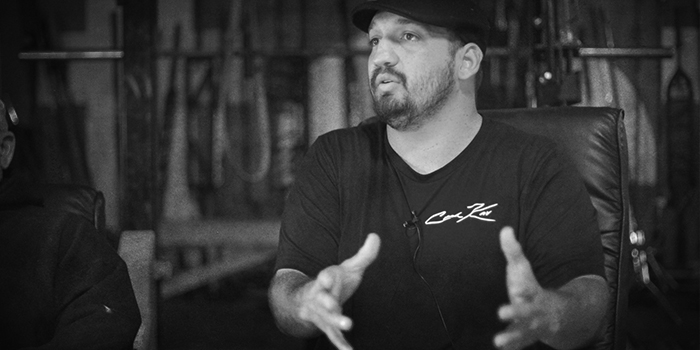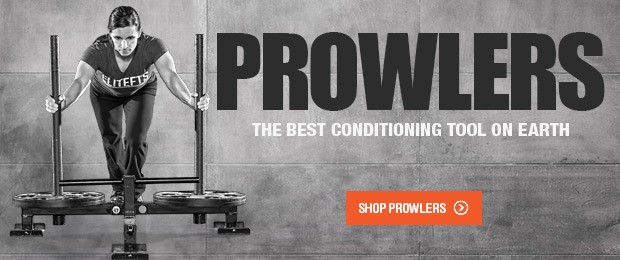
The 40-yard dash is one of the most beloved measures of speed and acceleration. It's part of the recruiting criteria for many Division I football programs, it's one of the events tested at the NFL combine, and it is a bragging right for any athlete who is able to drop their time below the 4.4-line. For today's video in our Q&A with Coach Kav series, Coach Kav answers a question about helping athletes improve their 40 time:
"What is the most common mistake coaches make when teaching the 40-yard dash?"
For Coach Kav, the first step when coaching the 40-yard dash should be giving proper attention to biomechanics and the limb length of the athlete. Many coaches mistakenly begin with the advice that the athlete needs to get really close to the line, but this often does the athletes a disservice biomechanically, based on their levers. If you're a coach and you teach every athlete to get closer to the line, and there's a really tall athlete who takes that advice, the angle of his front shin is going to be very vertical. What happens when the athlete takes their first stride? That vertical angle of the first shin drives the athlete up instead of forward, hurting their speed. You want to avoid this by making sure you pay close attention to the athlete's levers.
MORE: Why Do We Test the 40-Yard Dash at the Combine?
The second thing that needs to be given significant attention is the strength history of the athlete. An athlete may not have the physical strength to be extremely close to the line, which causes them to lose speed when they drop down and attempt to start quickly. This often varies by position.
For instance, an offensive lineman or a defensive lineman who has put significant time into the weight room will have high static strength, which enables them to get really low in their starting position, with their knee low to the ground. This athlete will really be able to take off from the start, and it will be a great position for him. Conversely, a quick wide receiver can get away with a vertical shin angle by driving the knee down in the starting position, which creates a counter-motion. This allows the athlete to create better leverage points and move their hips forward.
The takeaway is that you should evaluate an athlete's ability to start closer to the line before giving a generalized piece of advice, which may just as likely hurt your athletes as help them. The best way to go about this is starting all athletes in a baseline position, then using limb length to make adjustments, followed by making adjustments based on strength and how the athlete's body moves.









